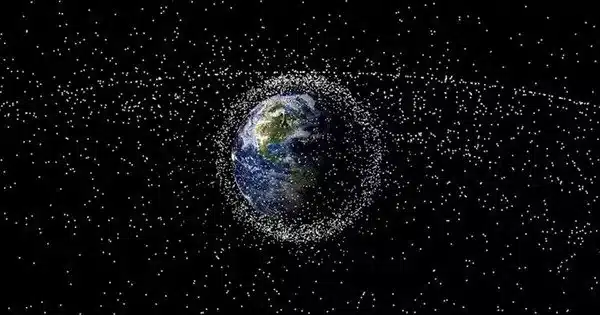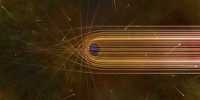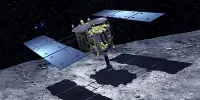Space junk, also known as space garbage or orbital debris, is a term used to describe non-functional, man-made objects in orbit around Earth. Defunct satellites, spent rocket stages, shards from disintegration, and other debris from collisions are examples of these things.
Space debris is often a negative externality – it imposes an external cost on others as a result of the initial action to launch or use a spacecraft in near-Earth orbit – a cost that is often not considered or completely accounted for in the cost by the launcher or payload owner.
Several crewed and uncrewed spacecraft have been damaged or destroyed by space junk. Some space industry participants are involved in the measurement, mitigation, and potential removal of debris.
The accumulation of space junk poses a growing concern for several reasons:
- Collision Risk: The growing volume of space junk increases the potential of collisions with functioning satellites and spacecraft. These impacts can generate even more debris, perhaps resulting in a cascading effect known as the Kessler syndrome.
- Satellite Safety: Smaller debris particles, which are difficult to track, pose a threat to operational satellites and spacecraft. Due to their tremendous velocity in orbit, even little particles can cause severe damage.
- International Space Station (ISS) Safety: The ISS and its crew are also at risk from space debris. To avoid potential collisions, close monitoring and, if necessary, evasive maneuvers are used.
- Future Space Missions: As the amount of space debris continues to increase, planning and executing future space missions become more challenging. Avoiding collisions and ensuring the safety of spacecraft becomes more complex.
- Long-Term Sustainability: The long-term sustainability of space activities is jeopardized by the presence of space debris. Sustainable practices and guidelines for mitigating debris generation are crucial for the future of space exploration and utilization.
Efforts are underway to address the issue of space debris:
- Active Debris Removal (ADR): Concepts and technologies are being developed to actively remove space debris from orbit. These include robotic systems, harpoons, nets, and other methods to capture and deorbit defunct satellites and debris.
- Space Traffic Management: Improved surveillance and monitoring of space objects aids in the prediction of potential collisions and allows operators to change satellite trajectories to avoid debris.
- International Collaboration: The world community understands the value of international cooperation in addressing the difficulties posed by space debris. Guidelines and best practices are developed by organizations such as the United Nations Committee on the Peaceful Uses of Outer Space (COPUOS).
As space activities expand, it is critical to develop and execute techniques to reduce the formation of new space trash while aggressively addressing existing debris in order to preserve the long-term viability of activities in Earth’s orbit.















